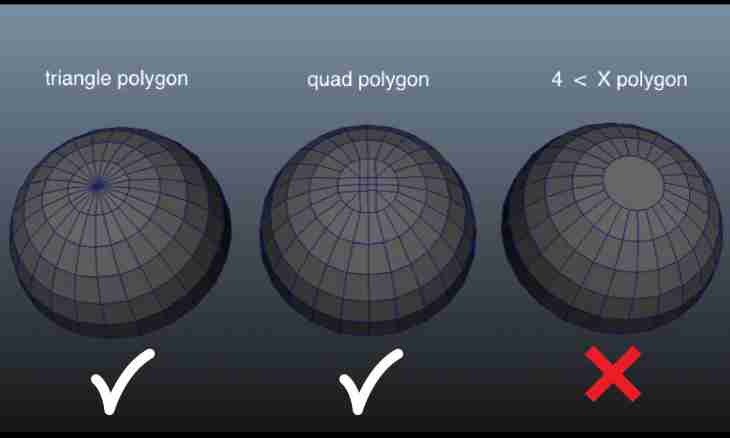Perimeter of a polygon is called the sum of all its parties. Respectively, for finding of this size it is necessary to put all parties of a polygon. For some types of a polygon there are special formulas allowing to make it quicker.
It is required to you
- - ruler;
- - Pythagorean theorem;
- - calculator.
Instruction
1. Measure by means of a ruler, or any other way, lengths of all parties of a polygon. Then put the values received as a result of measurements and receive perimeter of this geometrical figure. For example, if the parties of a triangle are equal to 12, 16 and 10 cm, then its perimeter will be equal to 12+16+10=38 cm.
2. Find perimeter of a square or rhombus, knowing length of one of its parties. It will be equal to length of this party increased by number 4. For example, if the party of a square is equal to 2 cm, then its perimeter of P=4∙2=8 see.
3. Generally, the perimeter of any regular polygon (it is a convex polygon which parties are equal among themselves), is equal to length of one party increased by the number of its parties or corners (this quantity equally among themselves at all polygons, for example, at an octagon of 8 corners and 8 parties). For example, to find perimeter of the correct hexagon with the party of 3 cm, increase it by 6 (cm P=3∙6=18).
4. To find perimeter of a rectangle or parallelogram which opposite sides are parallel and equal measure lengths of their unequal parties of an and b. In a case with a rectangle it is its length and width. Then find their sum, and increase the turned-out number by 2 (P=(a+b)∙2). For example, if there is a rectangle with the parties 4 and 6 cm which are its length and width, find its perimeter on a formula P=(4+6) of ∙2=20 cm.
5. If in a rectangular triangle only two parties are given, find a third, using Pythagorean theorem. After that find the sum of all parties - it is and there will be its perimeter. For example, if legs of a rectangular triangle are equal to a=6 of cm and b=8 of cm, find the sum of their squares, and take a square root from the received result. It will be length of the third party (hypotenuse), c= √ (6²+8²)= √ (36+64) = √100=10 cm. Calculate perimeter as the sum of three parties of a triangle of P =6+8+10=24 cm.

